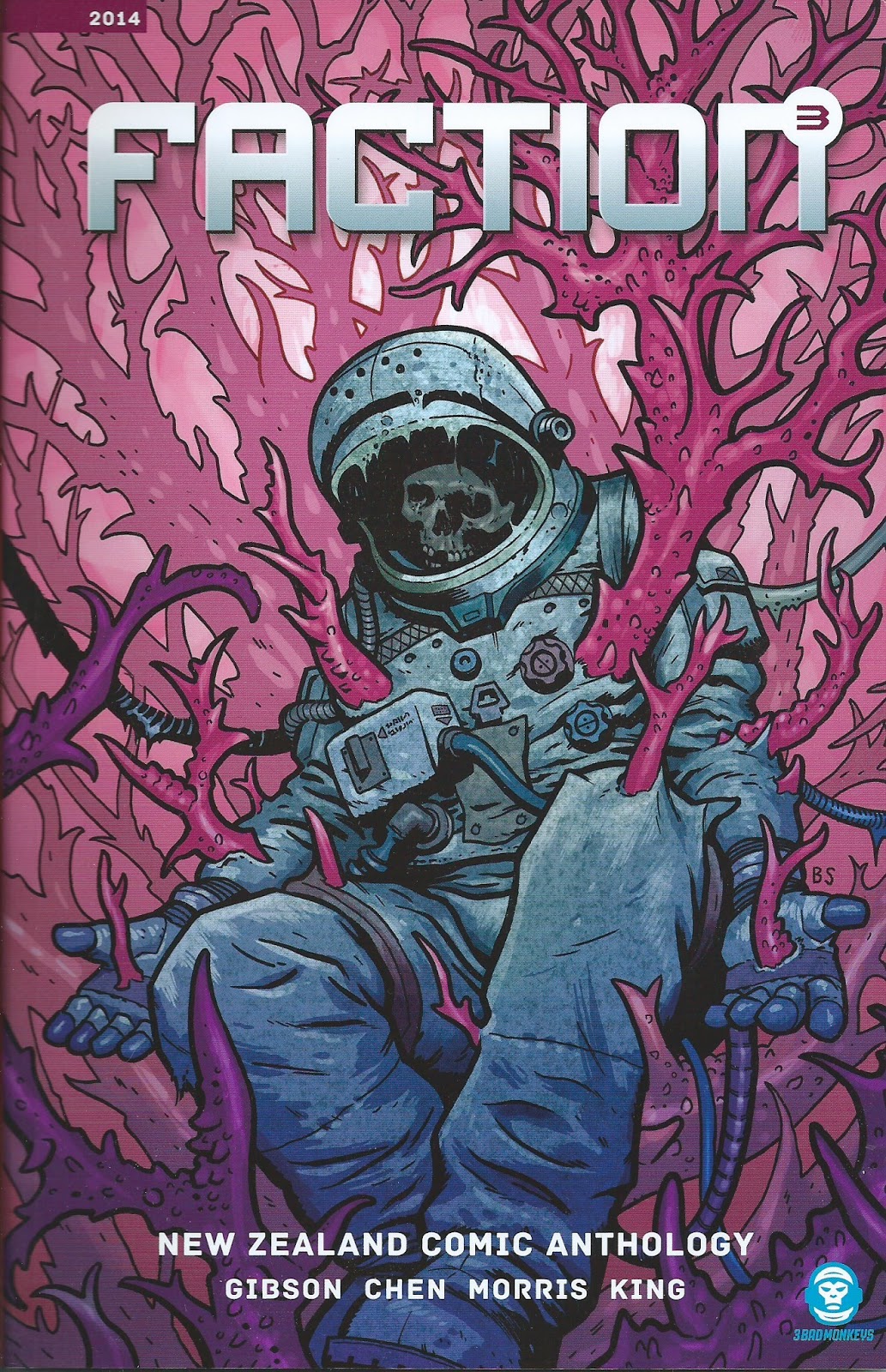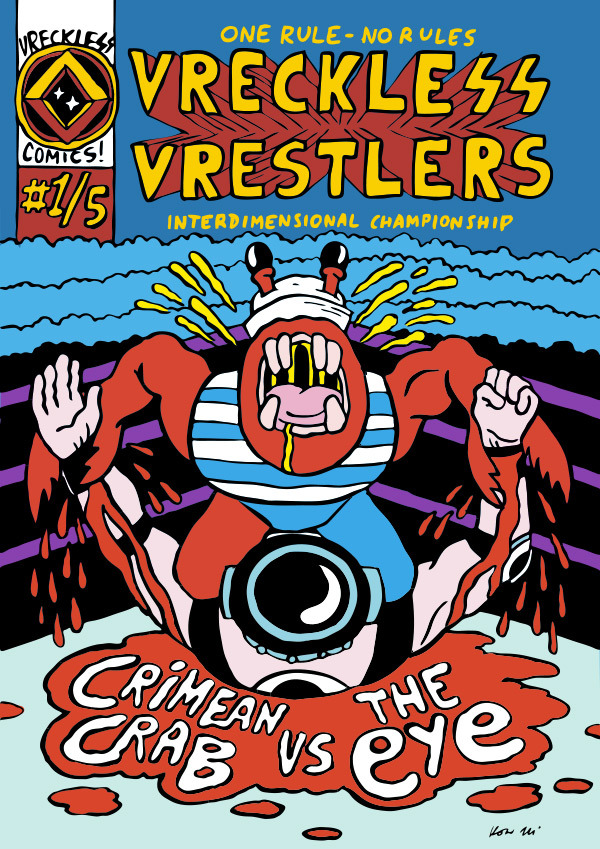Today he and his friend Jason Sacks found 2013's Dear Mr. Watterson by director Joel Allen Schroeder.
 Elkin: Let's face facts, Sacks, there are very few absolutes in this life. One is that the sandwich represents the pinnacle of culinary arts, and another ... another is that almost everyone likes the comic stripCalvin and Hobbes. A matter of fact, it has been said by learned folk that if you can't connect to Calvin and Hobbes, you cannot connect to humanity. Such is the universal nature of the strip. Somehow, in the ten years or so that Bill Watterson wrote and drew this comic, he was able to tap into the collective unconscious and create something all-embracing; something about the adventures and misadventures of a six-year-old boy and his stuffed tiger reflected back upon ourselves, made us laugh and made us think.
Elkin: Let's face facts, Sacks, there are very few absolutes in this life. One is that the sandwich represents the pinnacle of culinary arts, and another ... another is that almost everyone likes the comic stripCalvin and Hobbes. A matter of fact, it has been said by learned folk that if you can't connect to Calvin and Hobbes, you cannot connect to humanity. Such is the universal nature of the strip. Somehow, in the ten years or so that Bill Watterson wrote and drew this comic, he was able to tap into the collective unconscious and create something all-embracing; something about the adventures and misadventures of a six-year-old boy and his stuffed tiger reflected back upon ourselves, made us laugh and made us think.
Though Watterson ended the strip on December 31, 1995, its popularity remains undiminished and the characters he created have become iconic.
The film Dear Mr. Watterson is kind of a love letter to Calvin and Hobbes. It is a small documentary that, according to the press release, “is not a quest to find Bill Watterson, or to invade his privacy. It is an exploration to discover why his 'simple' comic strip made such an impact on so many readers in the 80s and 90s, and why it still means so much to us today.” As a descriptor of the film, this does a pretty good job. As a documentary, the movie succeeds by allowing people to talk about their relationship with the strip and what it has meant to and for them over the years, while also providing both a historical perspective of the development of Calvin and Hobbes and some essential biographical information about Bill Watterson. The film also does a fine job of featuring the strip itself, which, of course, is a tremendous asset, as well as allow for a small discussion of the characters' place in pop culture.
Where the film falls is when director, Joel Allen Schroeder, inserts himself into the film. There's kind of a creepiness to him that, at least for me, was off-putting and undermined his intent to some degree.
That all being said, though, what I most enjoyed about Dear Mr. Watterson was some of the bigger questions it almost haphazardly elicited. In the course of viewing this documentary I found myself confronted by two larger issues. The first being the distinction between “high” and “low” art, and the second being the idea of creating for commerce vs. art for art's sake (i.e. personal expression).
Aside from reminiscing about reading Calvin and Hobbes at the breakfast table, remarking on how the film succeeds or fails as a documentary, discussing the ramifications of the demise of the newspaper comic strip, and/or delving into the idea of what makes pop culture figures iconic (though I'm sure we will touch on all of these), I'd like to direct our conversation about this film towards these larger ideas, if that's okay with you.

Sacks: Elkin, how can I disagree with a man who is so committed to his love of the sandwich? Your passion for breaded brilliance may only be matched by my love for comics literature and my endless navel-gazing about the interesting questions that you just asked me.
I've been fascinated for years with the question of what makes "high art" and "low art." As a strong advocate for the greatness of comic art, which for decades has been treated like the lowest possible form of human communication (as this documentary adroitly points out), I think you can guess that I'll fall on the side that doesn't make a distinction between those two planes of art, that finds that transcendent and important art can be created that is both high and low.




















